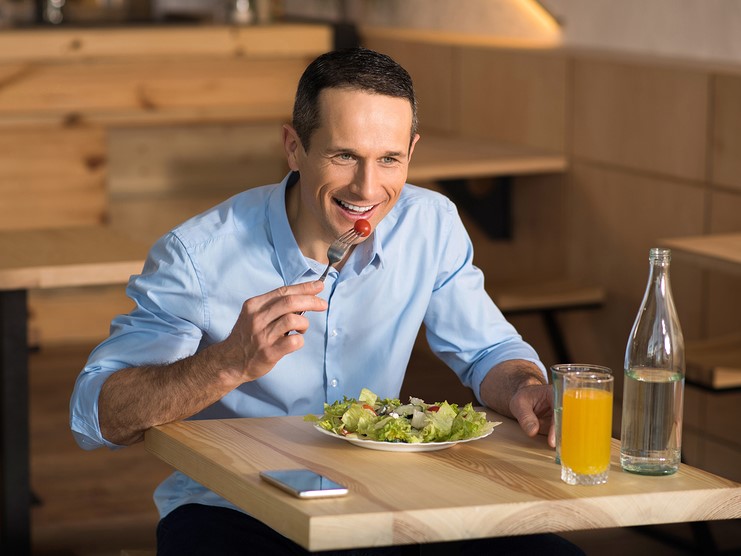
Four trends are gaining global traction in the dining arena, according to market research firm Euromonitor International.
The latest report, New Concepts in Foodservice, the best of 2018, indicates the role of technology continues apace. There is a growing need for personalisation, consumer engagement, and convenience.
Clean and green living
According to the International Monetary Fund, at least one third of food produced globally remains uneaten. Consumer concerns about food waste are helping to drive this trend for a more sustainable approach.
Forget food miles, the new term is hyper-localism, the trend to consume food as close as possible to its source.
One example in the Netherlands is The Barn, a premium burger fast food outlet using organic ingredients for a menu limited by availability. Packaging is also environmentally friendly.
Individualised eating experiences
Dining is becoming yet more personalised, with flexiblity the core ingredient – think dieatary needs, the health-conscious eater, the solo diner…portion size is important in metro areas.
Restaurants are turning to technology and third party apps to tailor the dining experience to suit customer needs.
The Italian app My Open Menu, for instance, allow users to search menus and restaurants according to taste and dietary preferences. Diners can order directly, and restaurants can analyse their business against neighbourhood competition.
Increasing engagement through gamification
Engaging the consumer has become an important part of today’s mobile-centric landscape. Restaurants are seeing potential in adding games to their digital strategy to keep the brand front of mind.
The Mini Chef full-service restaurant is an interactive, waiter-free concept launched by Danish brand Lego; it allows diners to order and get notification their meal is ready for pick up from the counter using building bricks and iPads.
Connecting with the busy consumer
Convenience is being redefined in the food sector, and it’s increasingly reliant on third party technological products.
Lunch:On is a virtual restaurant concept in Dubai targeting the lunchtime consumer who can go online to order from a daily menu; delivery and automatic payment are part of the process.
Other iterations of convenient dining include the one-stop shop Work Cafe Santander in Chile which matches banking services with meeting rooms, office supplies and a coffee shop.
According to Euromonitor senior analyst and report author Stephen Dutton, global foodservice is predicted to rise by an incremental USD$359 billion over the next five years. And the challenge is on to compete in a market where innovation is crucial.
“When dining in, consumers expect high-quality food, attractive spaces and excellent, seamless service. They also expect restaurants to provide environments that support their diverse and busy lifestyles. This presents a new opportunity for the consumer foodservice industry,” he writes.
Technology is a fundamental element of the dining experience, he says. Apps are already an accepted part of the hospitality business, but they are “critical” for consumer engagement, Dutton suggests.
What else should food brands be looking out for?
As more and more people are working remotely, there’s a role for a food outlet to provide an alternative to a home office environment. And with more of us living independent lives there is an opportunity for restaurants to improve their options for solo diners.

